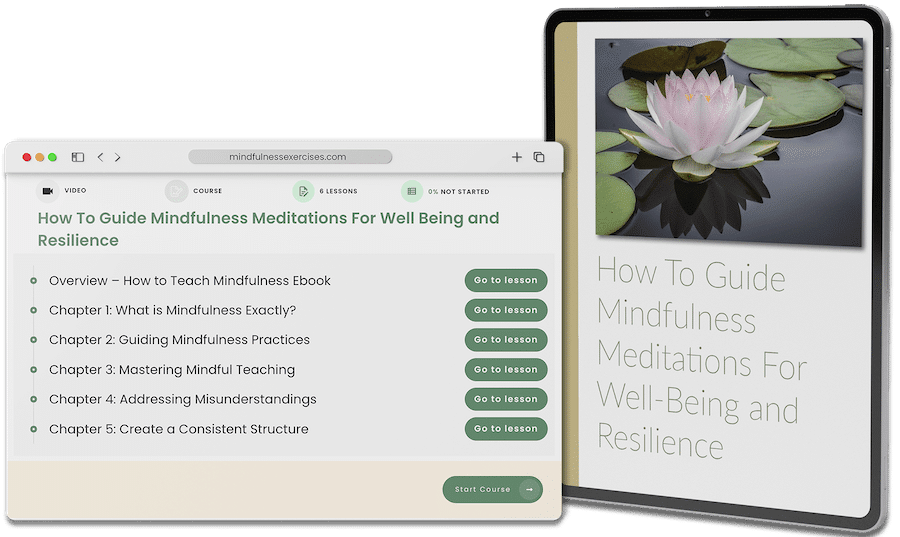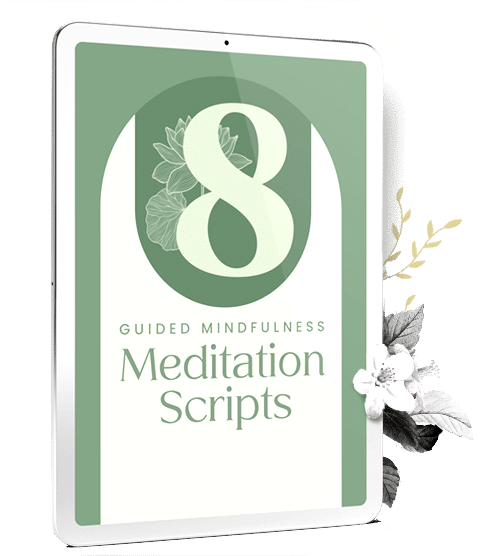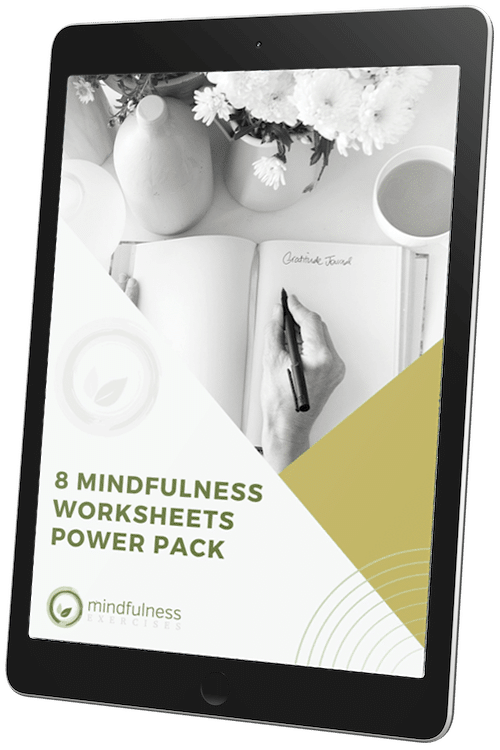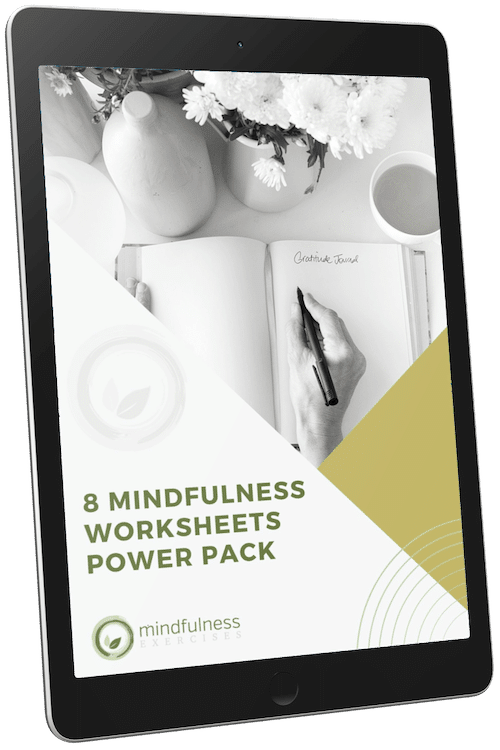Guided Meditation for Healing Your Inner Child
Many if not most of us, carry wounds from childhood that affect us today. They may be small or traumatic, but we can see there are ways that we think, feel and act that we do not consciously choose. Instead, they happen unconsciously based on painful experiences from a very long time ago.
Even if this is something that rings true for you, you may think there’s nothing to be done because no one can change the past.
The good news is, even though it’s true the past can’t be changed, what we can do is relate to the past in new ways when it appears in the present. It is exactly because the past erupts into the present that we have the chance to be with it in ways we simply could not have as a young child–and heal.

A great way to understand inner child work is as reparenting. You practice responding to yourself in ways others did not when you were a child. Where your sadness or anger might have been met with disapproval or neglect in the past, you can now choose to be there with protectiveness, love and empathy. You can use the power of your adult self to create a healing (inner) parent and (inner) child relationship.
Mindfulness Exercises offers this step-by-step inner child guided meditation as a place to start. It will show you how to respond to your inner child when he or she is upset, and you’re not able to “talk them out of it.” The practice mirrors how a good parent would behave with a child who is upset:
You can also use this meditation any time you’d like to practice some inner reparenting. You begin by visualizing a younger version of yourself–making the picture as vivid as possible by using all your senses. Then listen to what they want to tell you through their words, thoughts or emotions, using the suggestions in the meditation.
This guided inner child meditation creates a safe, gentle and caring environment. However, judge wisely if you need more support to be with traumatic events or memories.
Healing Your Inner Child Meditation Script
This particular guided meditation depends more on feeling safe and comfortable, than feeling alert. So, take a moment to get physically comfortable sitting or even lying down, with pillows and blankets.
Turn off any beeping or buzzing devices, so you have some uninterrupted quiet time for the practice.
Take five deep slow breaths, relaxing a little more with each outbreath.
Now let a current upset or challenge come into your mind. Let the thoughts and emotions that usually accompany the situation arise freely. Take your time and keep breathing.
Gently scan your body and notice any areas where this old upset is manifesting, like tension in your jaw or your stomach.
If the upset seems to intensify when you do this, that’s ok. Come back and focus on your breath for a moment. Know there’s nothing you need to do, but listen as compassionately as you can.
As you listen, you can actively ask a question like, “What is it that you’re feeling right now?” Or, “I’m just going to stay here with you, OK?” Or, “Is there something you want or need right now?”
Listen carefully for a response to your genuine interest and love. It might be verbal, like “I’m mad!” or “No one cares about me.” Or, it may be energetic: you notice a feeling of anger or a feeling of emptiness and loneliness. Emotion and body sensations may be the only language your inner child has. So, do your best to listen with your whole awareness, staying grounded in your adult self who is safe and resourceful. If you start to feel upset yourself, come back to your breath again and use your senses to connect with the present moment.
If you notice you are getting into your adult mind, interpreting or thinking about what is happening. Pay attention again to your body: feel your hands and feet, the surface underneath you. Reconnecting with the physical sensations of the moment will you let go of needing to “figure things out.”
Keep listening to your inner child. Ask questions if it feels appropriate, but don’t grill them. Go at their pace, not yours. If, like many of us, you have not always been a good listener of your inner child’s needs, it may take a while for her or him to open up to you. This may be the reason your inner child’s feelings have remained unresolved. Use this opportunity to create a new, loving pathway to all parts of yourself.
When your child shares a feeling with you, validate it. Tell them and let them feel that you understand how they feel.
If they tell you what they need or want–like being held–do that for them. Or, if they say they are lonely, tell them you love them and you’re always there. Meet their need fully and for as long as they want to take it in. Let them decide when it’s enough.
Cycle through these periods for as long as you wish: listening, asking, validating and responding with love.
Before you finish, let your inner child know you are almost done, but you will be there any time they need. Ask if there is anything else they want to tell you.
Do a final scan of your body for places of relaxation or release. What has happened to any areas of tension you noticed at the beginning?
Finish with a few deep, breaths.

Conclusion
One of the most important misunderstandings about inner child work is that it’s childish. In fact, if you choose to try this work, you are being a real adult by seeing that you already act in some childish ways based on an unhealed past.
Inner child work will strengthen your ability to listen and be with difficult emotions. It can heal you and make you a compassionate, empathetic support for your loved ones.
This kind of inner child meditation is not a one-shot cure. But it is a proven tool that will help you create a new inner relationship: one that will create more peace, understanding and well-being each time you use it.



















